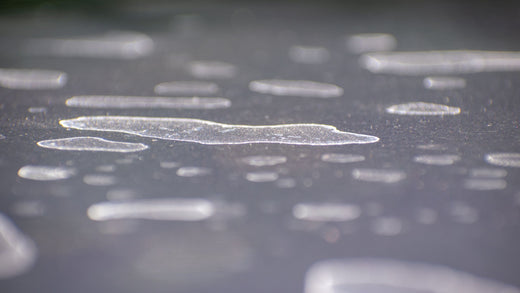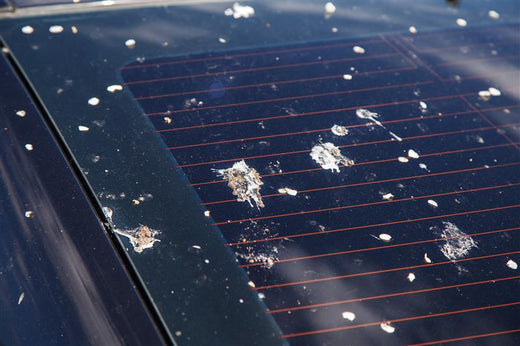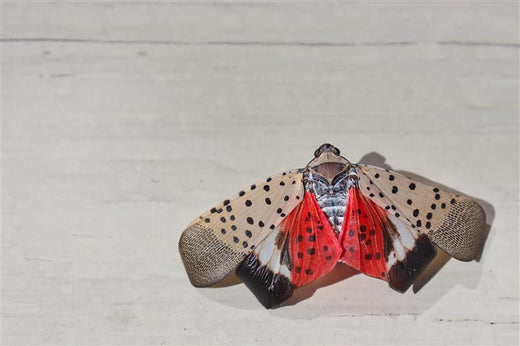Nothing puts a damper on a newly cleaned car than water spots. These crusty, white-rimmed dots may result from rain, puddles, or lawn sprinklers and may form quickly after standard or commercial car washes. In this post, we’ll detail several methods for water stain removal
Most recognize Autumn for its cool weather, beautiful leaves, and festivities. However, Fall ushers in a dramatic temperature shift that requires detailing adjustments to be made. In this post, we’ll discuss several steps you that’ll prepare your car for Fall, along with some suggestions to consider post-cleaning.
How do birds seem to know when we've freshly cleaned our cars? Their aim is impeccable! The truth is bird droppings aren't just unsightly – they can damage your paint, and car owners need to remove droppings promptly to prevent damage.
Despite its colorful beauty, the spotted lanternfly is an invasive pest. The insects cause an estimated $150 million in annual crop and property destruction. Lanternflies harm our environment, and they also damage our cars. This article will explain the science behind lanternflies, how they may damage your vehicle and the steps to removing their splatter
While a sunny summer day seems the perfect time to clean your car, hot weather cleaning presents unique challenges. Heat and sunlight demand a modified cleaning approach. In this article, we'll focus on the additional steps required to clean your car in the summer.
Spring season brings out sunny days, blue skies—and pollen. Not only does this yellow substance cause allergies, it also stubbornly sticks to cars. This is not only unsightly; it can damage the exterior of your vehicle. Here, we will explore the risks associated with pollen buildup and share the best way to remove it throughout spring.
Do a quick search on how to clean tires and you’ll almost certainly come across vinegar as an option. The question: Can you safely use this common household product on one of the most important areas of your car?







